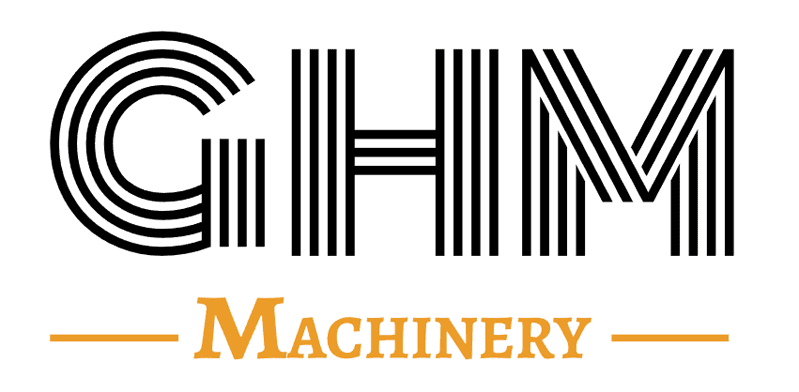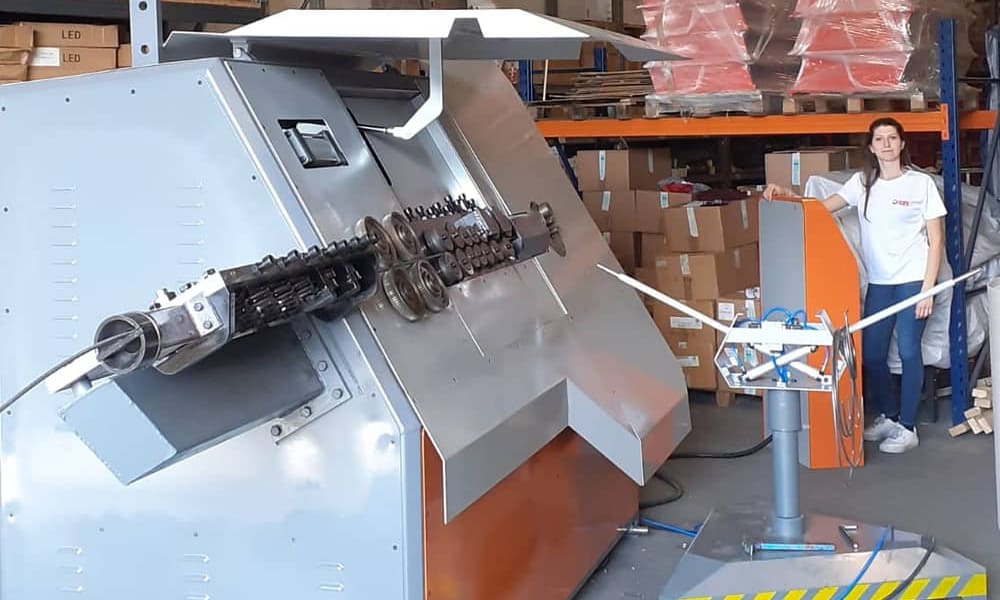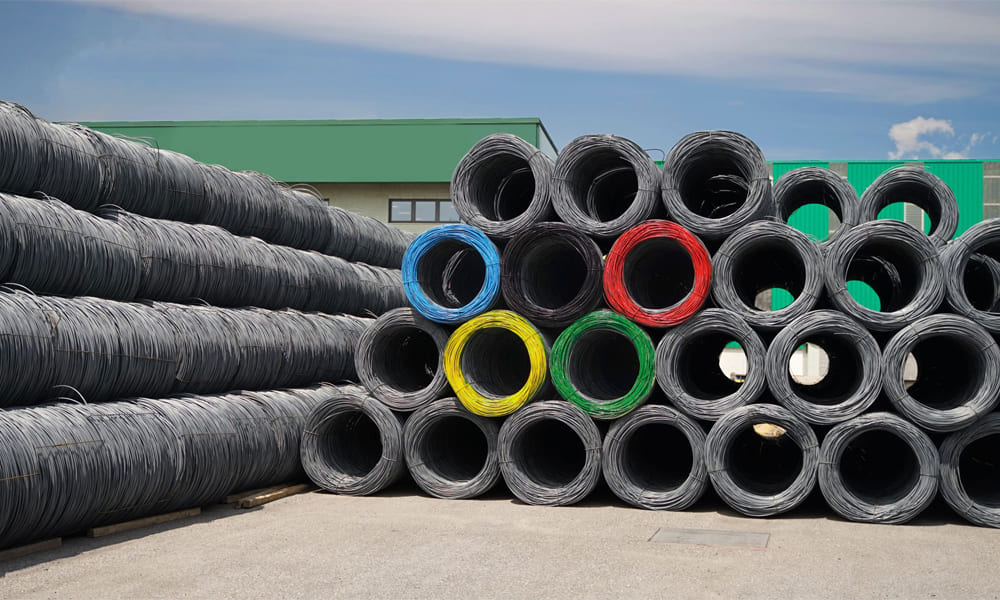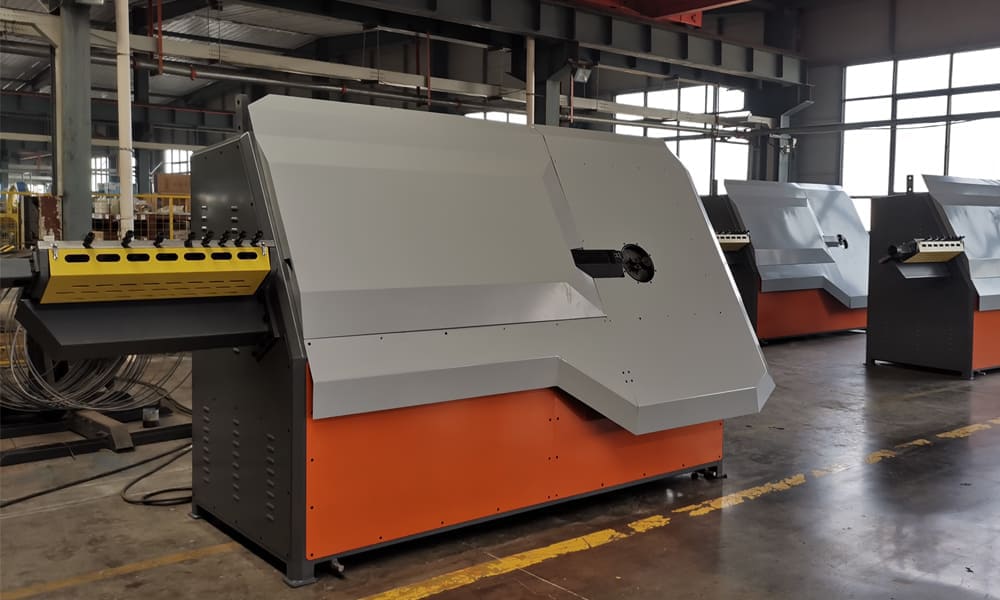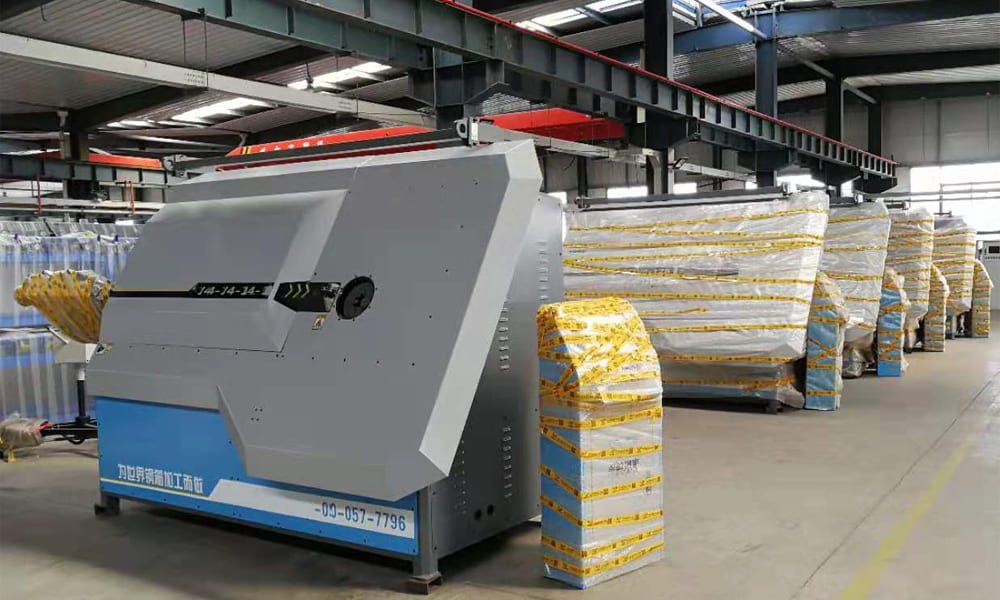Introduction
GHM Rebar Bending Machine is indispensable tools in the construction industry, streamlining the process of shaping reinforcement bars with precision and efficiency. To ensure the safety of operators and the quality of the bent bars, it is crucial to understand the correct operation of these machines. This article provides a comprehensive guide on how to operate a rebar bending machine correctly.
Safety First
Before delving into the operational aspects, it is paramount to prioritize safety. Always wear appropriate personal protective equipment (PPE), including safety glasses, gloves, and ear protection. Familiarize yourself with the machine’s emergency stop button and ensure it is easily accessible. Never bypass safety features or remove guards, as they are designed to protect operators from potential hazards.
Machine Inspection
Perform a thorough inspection of the bending machine before operation. Check for any visible damage, loose bolts, or worn-out components. Ensure that the bending rolls are clean and free from debris. Lubricate moving parts as per the manufacturer’s recommendations to maintain smooth operation.
Material Preparation
Use high-quality reinforcing steel bars (rebar) that meet the specifications outlined in your construction plans. Before bending, inspect each rebar for defects, such as cracks or rust. Ensure the rebar is straight and free from any abnormalities that may affect the bending process.
Machine Setup
Adjust the bending machine according to the specifications of the project. Set the appropriate bending angle and radius using the machine’s controls. Consult the machine’s manual for guidance on adjusting parameters such as bending speed and mandrel size.
Loading the Rebar
Carefully load the rebar into the machine, ensuring it is aligned with the bending rolls. Use proper lifting techniques and equipment to prevent injuries and avoid damaging the rebar. Make sure the rebar is securely positioned to prevent slippage during the bending process.
Operating the Machine
Activate the rebar bending machine and observe the bending process closely. Monitor the alignment of the rebar and make adjustments as needed to maintain accuracy. Avoid overloading the machine, and follow the recommended bending capacity specified by the manufacturer.
Quality Control
Inspect the bent rebar for any defects or irregularities. Measure the angles and dimensions to ensure they meet the project’s specifications. If adjustments are necessary, repeat the bending process with the appropriate modifications.
Unloading and Storing
Once the bending process is complete, carefully unload the bent rebar from the machine. Store the bent rebar in a designated area, protecting it from environmental factors that may compromise its structural integrity.
Conclusion
Operating a GHM Bending Machine requires a combination of technical skill, attention to detail, and a commitment to safety. By following these guidelines, operators can ensure the correct and efficient operation of the machine while producing high-quality bent rebar for construction projects. Always refer to the manufacturer’s instructions and guidelines for specific details related to your rebar bending machine model.
